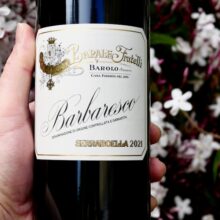
Product information
Barale Barbaresco ‘Serraboella’ 2021
$136
Description
Super vibrant and energetic with long even fruit of class and a little perfume Feels like a little more precision here in the 2021. Savoury with a lick of blood. Classy fruit an excellent wine. Refined tannins. Opens and settles beautifully in the glass. Very, very good.
Tasted from cask, Barale’s 2021 Barbaresco Serraboella is bold, juicy and quite expressive. I imagine more nuance will develop in time. At this early stage, the 2021 possesses notable depth and plenty of textural intensity. I can’t wait to taste this from bottle. The tannins are quite polished, with beguiling aromatics.
Antonio Galloni, Vinous 91-93 Points KO 95
In stock



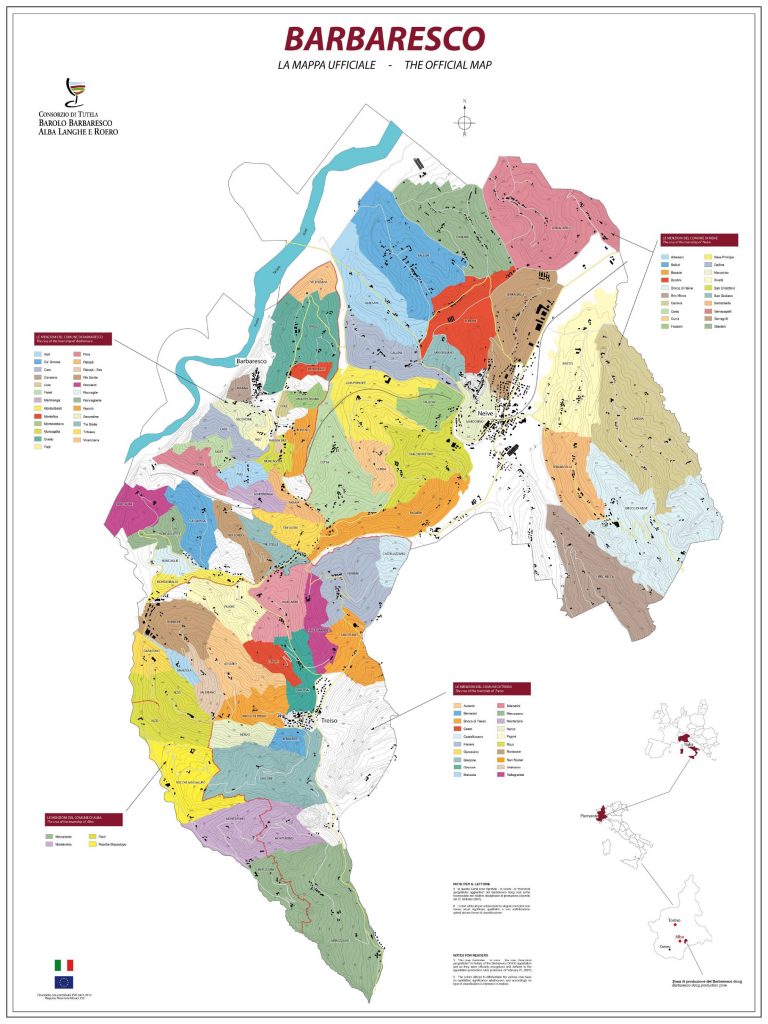
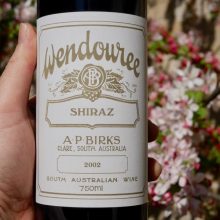
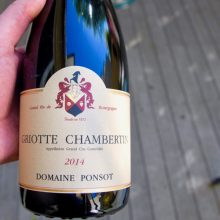
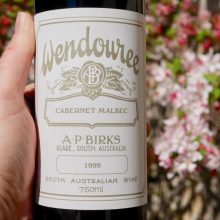

You must be logged in to post a comment.